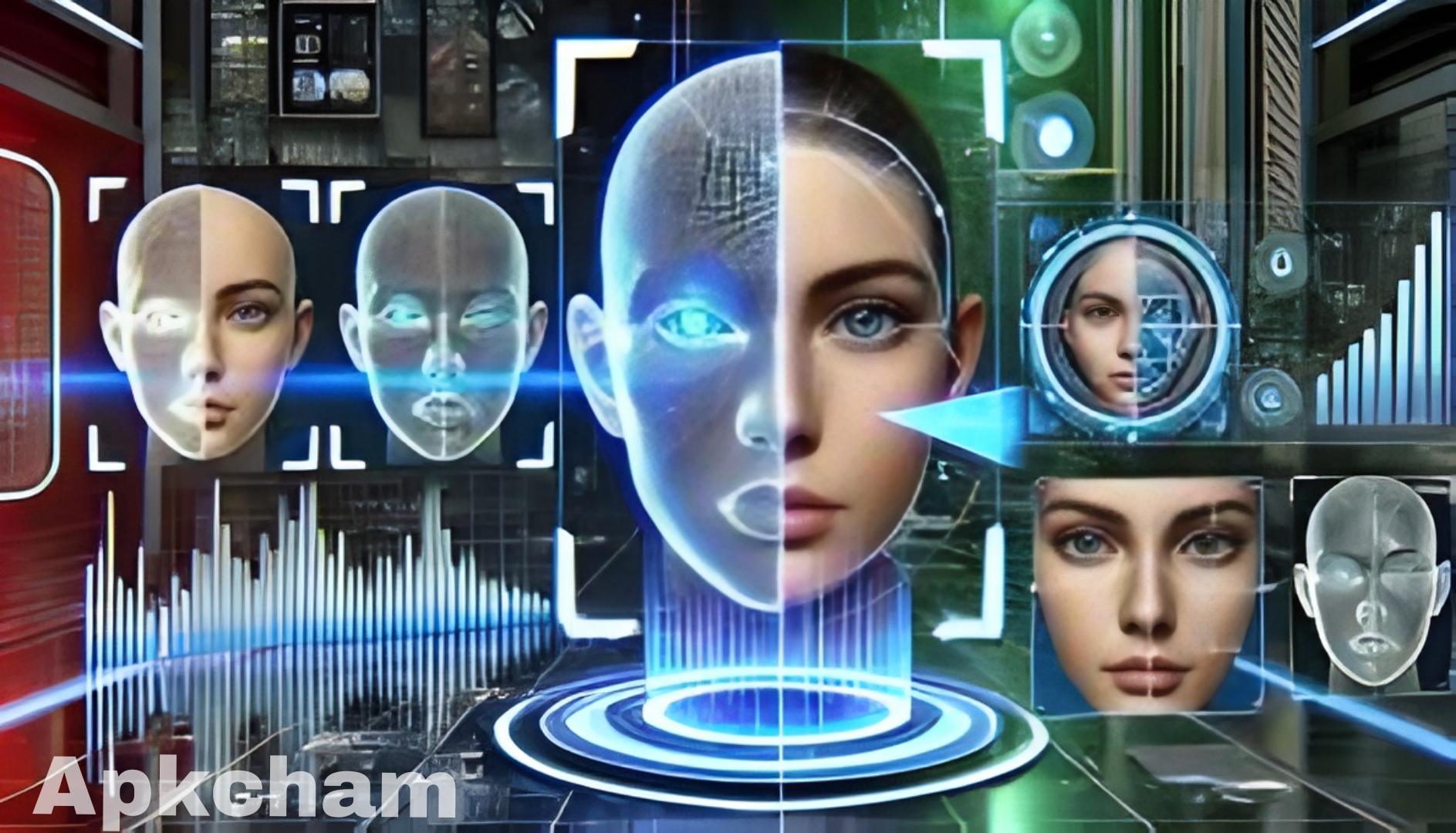Table of Contents
ToggleIntroduction
AI vs Deepfakes Cybersecurity, the battle between artificial intelligence (AI) and deepfake technology has reached a critical point. As cybersecurity threats become more advanced, businesses, governments, and individuals in the USA and UK are facing unprecedented risks from realistic AI-generated videos, voices, and images. The rise of deepfake scams, AI-powered phishing attacks, and synthetic identity fraud has made it essential to understand how AI is both a weapon and a defense tool in the modern cybersecurity landscape. AI vs Deepfakes Cybersecurity
The Rise of Deepfake Technology
Over the last few years, deepfake videos and AI-generated voice cloning have evolved from experimental projects into dangerous cyber weapons. Cybercriminals in the USA and UK are using these technologies to impersonate political leaders, corporate executives, and even friends or family members. Search trends for deepfake scams and AI fraud detection have surged, as more people are concerned about fake media being used for blackmail, misinformation, and financial theft. AI vs Deepfakes Cybersecurity
Deepfake creation tools are now widely accessible, meaning that even individuals with minimal technical skills can produce realistic fake content. This creates a serious challenge for cybersecurity experts, who must constantly develop new AI-powered detection systems to verify the authenticity of digital media.
AI as a Defense Against Deepfakes
While AI deepfake detection technology is improving, the challenge is that AI can also be used to enhance fake media, making it harder to spot. In the USA and UK, law enforcement agencies and tech companies are investing heavily in machine learning algorithms that can detect inconsistencies in pixels, lighting, and voice patterns.
Searches for AI cybersecurity tools and deepfake detection software have increased dramatically in 2025. Many organizations are now using AI-powered threat detection systems that scan online platforms in real-time, flagging suspicious videos or audio before they go viral. However, the race between AI detection tools and deepfake creators is ongoing — every time detection improves, deepfake technology evolves to bypass it.
The Threat to Businesses and Financial Security
In 2025, AI voice scams and CEO fraud cases have risen sharply in the USA and UK. Cybercriminals can now use deepfake audio to mimic an executive’s voice and instruct employees to transfer funds or share confidential data. This type of business email compromise (BEC) combined with deepfake AI audio is almost impossible to detect without advanced security measures. Clean Energy Ai green tech
Financial institutions are also facing a rise in synthetic identity fraud, where deepfake-generated documents and AI-created biometric data are used to open fake accounts. The best cybersecurity strategies now require multi-layered authentication, including live biometric verification, real-time video checks, and AI-powered fraud detection systems. AI vs Deepfakes Cybersecurity
Political Manipulation and Disinformation
The USA presidential elections and UK parliamentary campaigns in 2025 are under serious threat from AI-generated misinformation. Deepfake political speeches, fake interviews, and altered news reports can spread rapidly on social media, influencing public opinion before fact-checkers can respond.
Search interest for deepfake political campaigns and AI election security has surged, as both nations seek to protect democratic processes. Governments are now collaborating with cybersecurity companies to create AI-powered verification tools that can detect manipulated content before it reaches mass audiences.AI vs Deepfakes Cybersecurity
Social Media and the Viral Threat
Social platforms like Facebook, Instagram, TikTok, and YouTube are key battlegrounds in the fight against deepfakes. The best AI content moderation tools are being deployed to identify and remove fake media, but the speed at which deepfakes spread makes it difficult to keep up.
In the USA and UK, searches for deepfake detection apps and social media cybersecurity have grown as individuals look for ways to protect themselves. Many experts recommend that users verify suspicious videos through trusted news sources and official channels before sharing.
Legal and Ethical Challenges
As deepfake technology becomes more dangerous, both the USA and UK are introducing new laws to criminalize malicious use. However, enforcing these laws is challenging due to the global nature of cybercrime. Search interest in deepfake laws in the USA and UK cybersecurity regulations is growing as businesses seek legal protection from reputational harm.
Ethical concerns also arise when AI detection systems mistakenly flag legitimate content as fake, leading to censorship debates. This tension between free speech and cybersecurity protection will continue to shape AI policy in 2025.
Protecting Yourself in the Age of Deepfakes
For individuals, awareness is the first line of defense. Experts recommend using two-factor authentication, avoiding sharing personal videos publicly, and staying informed about the latest AI cybersecurity tips. Businesses should invest in AI-powered fraud detection, employee training, and multi-layered verification systems to reduce vulnerability to deepfake attacks.AI vs Deepfakes Cybersecurity
In the USA and UK, cybersecurity companies are offering deepfake detection services that monitor online platforms, corporate communications, and financial transactions in real-time. Searches for best deepfake detection tools and AI fraud prevention apps continue to grow as both individuals and organizations try to stay ahead of cybercriminals.AI vs Deepfakes Cybersecurity
The Road Ahead
By 2025, the AI vs Deepfakes Cybersecurity battle is a constant race between innovation and exploitation. While AI detection tools are becoming more sophisticated, deepfake creators are equally quick to adapt, creating an endless loop of challenge and response.
Cybersecurity experts warn that the future will require not only AI-powered defenses but also global cooperation between governments, tech companies, and the public. The fight against deepfakes will define the next era of digital security in the USA and UK, and the outcome will depend on how quickly we adapt to an ever-changing threat landscape. visit site
Final Thought
In the war of AI vs deepfakes, technology is both the weapon and the shield. Staying informed, using advanced security measures, and supporting the development of AI detection systems will be essential to safeguarding trust in the digital world. AI vs Deepfakes Cybersecurity is end now tell me in comment if you have any question about AI vs Deepfakes Cybersecurity.
